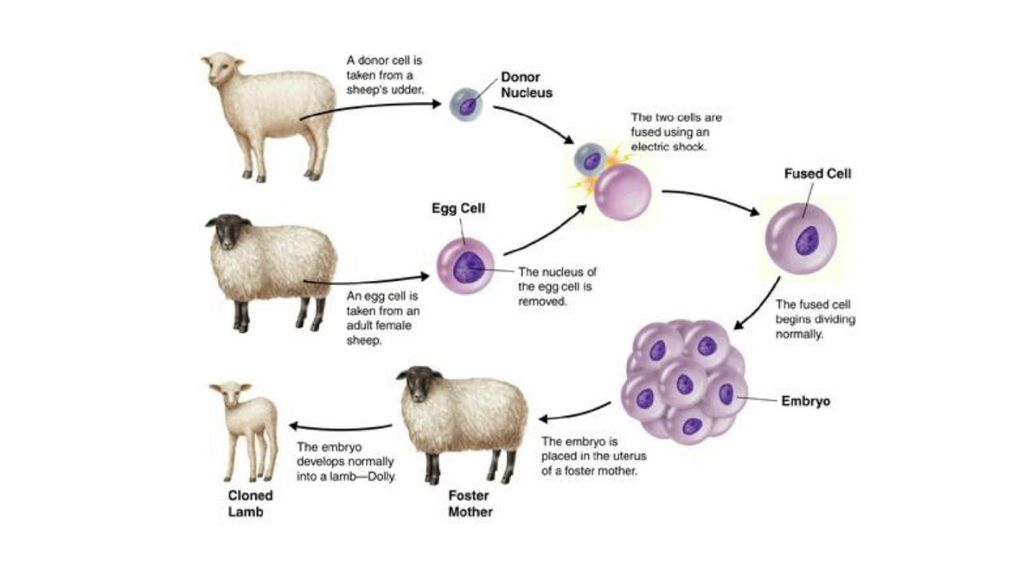Cloning- An Art Of Science
Jun 11, 2019 • 33 views
The term clone was devised by Herbert J. Webber from an Ancient Greek word which was called “twig” in English meaning which can create a new plant. Primarily, Clones are organisms with exact genetic copies i.e. every tiny bit of the DNA is identical. The birth of clones can occur naturally which can be observed in case of twins. Also, many organisms like bacteria create clones through asexual reproduction. But, new techniques are being developed to create clones in lab.
Cloning is a technique of production of genetically identical individuals either naturally or artificially. Cloning Technology is a part of biotechnology and refers to the technique of creating cloned offspring of a living entity or copies of cells or DNA fragments at molecular level. There are typically three types of cloning techniques namely gene, reproductive and therapeutic cloning. Gene cloning is essentially related to DNA technology wherein a piece of foreign DNA is introduced such that a copy is created by the host cell. Therapeutic cloning is generally used for disease treatment and involves the production of matching stem-cell for patients. Reproductive cloning occurs on a broad scale where the whole organism is copies/cloned.
Scientist use a more technical term called “Somatic cell nuclear transfer or SCNT” for cloning to avert the controversies. The process requires a nucleus from a cell or body and its insertion into an egg which had its own nucleus removed. After activation, the egg divides in a similar manner when it is fertilized by sperm cell. A blastocyst is formed with an inner cell mass of stem cells, a raw material which in later stage turns into a body. It develops into a baby after its placement in a womb. Other than the DNA in mitochondria contributed through the egg, the baby would be genetically identical to the donor.

The history of cloning goes far beyond the twentieth century. It was experimentally demonstrated for the first time in 1885 with artificial embryo twinning. But, the first fully successful cloned mammal was a sheep named Dolly born in 1996. It has been projected as milestone in the world of cloning. But, the prevalent problem was the inefficiency of the process. The failure rate is much greater than the rate of success in cloning. The usage of cloning has limited aspects basically restricted to academic bio’s toolkit. Moreover, drug dealing companies and federal organizations have zero interest towards cloning.
Conclusion:
Cloning technique can prove beneficial for agro market if fruitful steps are taken in the same direction. Practical implications are a necessity here rather than just using it as a research tool.
